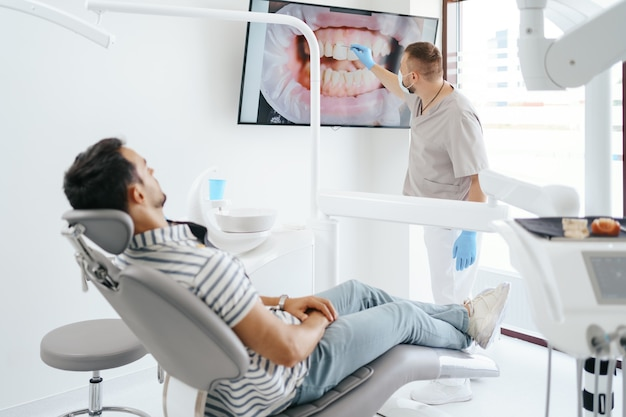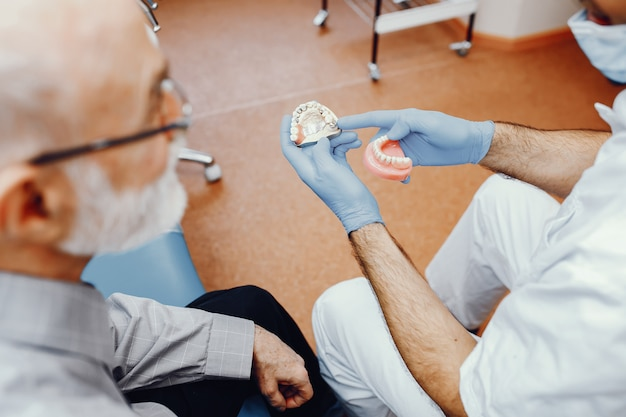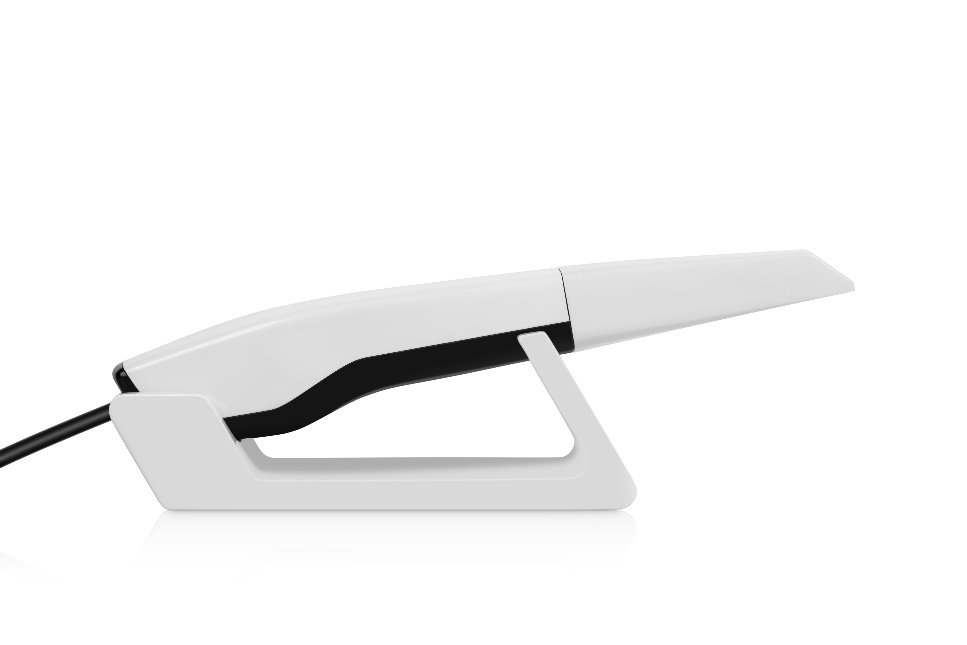One of the most uncomfortable and unpleasant experiences of visiting the dentist is getting a dental impression. The process involves filling the patient’s mouth with foamy alginate that sometimes moves down the back throat, activating the patient’s gag reflex and leaving behind a nasty taste. But thanks to a dental intraoral scanner, gag reflex or claustrophobia due to dental impression will become a thing of the past.

What is Dental Impression?
A dental impression is an imprint used by dentists to create casts or 3D models of your teeth and oral cavity. Using the created replicas, dentists can determine how a patient's dental arches fit together and establish a relationship between their teeth and gum. Dental impressions have a wide range of applications in prosthodontics, maxillofacial surgery, orthodontics, and oral surgery, including:
· Dental Crowns
· Retainers
· Dental Implants
· Dentures
· Nightguards
· Sleep apnea devices
· Clear aligners
· Porcelain veneers
· Nightguards
How Is Dental Impression Made?
There are mainly two ways to make a dental impression: traditionally or digitally.
1. Traditional Dental Impression
To create a dental impression, a dentist identifies a plastic, metal, or disposable Styrofoam tray shaped like a horseshoe that comfortably fits the patient’s teeth and gums. The tray can be designed for the top teeth, the bottom teeth, or both. Also, they may contain tiny holes to allow mechanical lock with the impression.
Next, the specialist pours a thick liquid, like polyvinylsiloxane or alginate, into the impression tray. The liquid will vary depending on the nature of the impression: rigid mold or more elastic. After that, the tray is placed onto the upper or lower set of teeth to cover the patient’s complete dental arch. Keep in mind that the impression will differ depending on the condition being addressed. In that case, upper impressions provide replicas of the mouth’s roof, while lower impressions capture the structure of the mouth’s floor and area under the tongue.
After that, the dentist will let the alginate set in and harden into a solid-like rubber mass, then remove the tray from the mouth. From there, the impression gets sent to a clinical laboratory or dental laboratory for further analysis and processing. Later, a technician pours ceramic into the hardened impression to create a replica of the mouth.
2. Digital Dental Impression
Since the development of dental intraoral scanners in dentistry, creating dental impressions has never been easier. Once inserted the dental intraoral scanner into a patient’s mouth and moved over the surface area of the tooth/teeth and gum, this dental impression scanner captures thousands of images.
The clinicians can view the captured image on a computer screen. They can also enlarge the images for more clarity and stitch them together to create a 3D representation of the patient’s arches. Later, the dentist will transmit the data to a dental lab to fabricate any required appliance.

Comparison Between Traditional Impression and Digital Impression
1. Time
Unlike traditional impression, digital impression saves time and delivers fast results. The dental intraoral scanner reduces the chair time required for the thick liquid to sit in and harden before it can be removed. Also, there’s no need to pour stone casts to create a replica of the mouth. The health provider can send a patient's 3D virtual model to the dental lab via email, and the dental product will get fabricated.
2. Harm
Sometimes, traditional impressions might pull out your teeth if they’re loose because of trauma or severe gum illness. But with digital impressions, you don’t have to worry about your teeth or gum health since no putty is used.
3. Uncomfortable Feeling
Say goodbye to gag reflexes and alginate’s unpleasant taste and smell with digital impressions. The clinician can use the dental intraoral scanner to capture images without bothering the patient.
Without a doubt, a dental intraoral scanner delivers benefits that far exceed what traditional impressions offer. Get a Upcera Intraoral scanner P2 today, lower material costs, gain more patients, and reduce doctor chair time. Furthermore, this device prevents the waste of products, meaning it’s environmentally friendly and highly sustainable.

Conclusion
Dental experts using dental intraoral scanners for impression enjoy superior accuracy, which is essential for great restorative results. Besides that, they can offer patients an enhanced scanning experience and comfort during treatment. Upcera believes digital technology is the future of the dental industry. We offer both industry experts and their clients simple, smooth, and precise workflows. Because of this, we strive to develop high-quality, cost-effective dental care solutions to bring a smile to your face.
